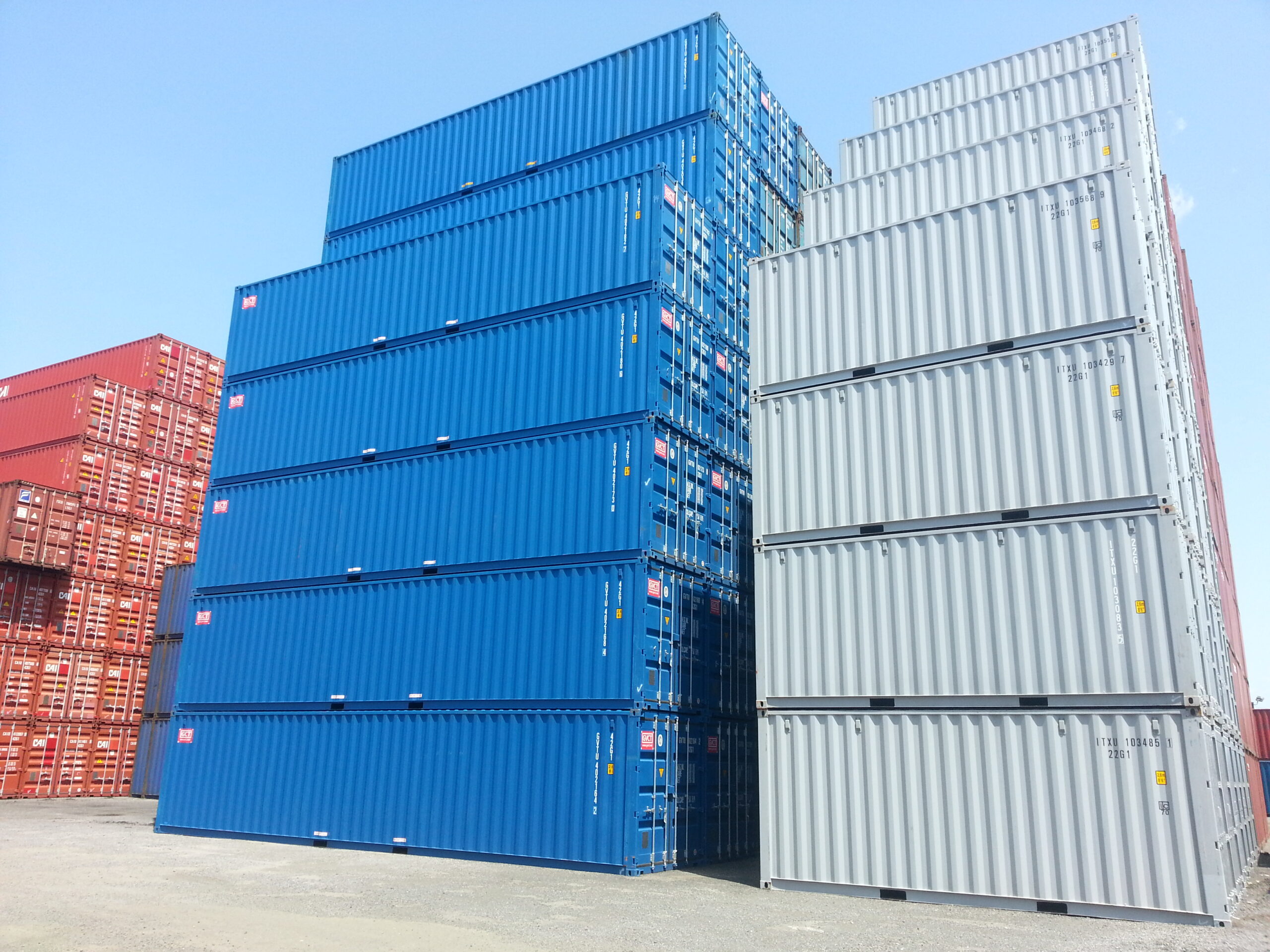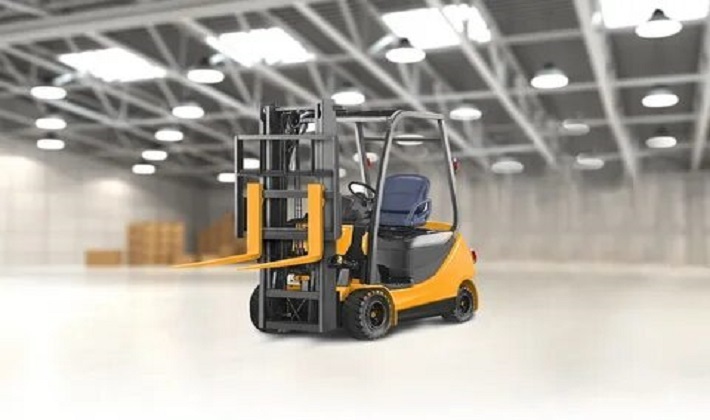Shipping containers have evolved far beyond their original purpose of transporting goods. Today, they are versatile building blocks for various applications, from stylish homes to functional offices. If you’re considering a shipping container project, understanding modifications is key to unlocking its potential.
This ultimate guide will walk you through essential shipping container modifications Melbourne, ensuring you make the most of your investment.
Understanding Shipping Container Basics
Before diving into modifications, it’s crucial to grasp the basics of shipping containers. Standard containers come in two main sizes: 20 feet and 40 feet in length, with heights typically ranging from 8.5 feet to 9.5 feet. Constructed from durable steel, these containers are designed to withstand harsh conditions, making them an ideal base for various uses.
Planning Your Container Modifications
- Define Your Purpose:
The first step in modifying a shipping container is to clearly define its intended use. Are you creating a home, office, studio, or perhaps a retail space? Your purpose will dictate the modifications needed, including structural changes, insulation, and interior design.
- Consult a Professional:
While DIY modifications are possible, consulting with a professional architect or contractor experienced in container projects is advisable. They can provide insights into structural integrity, local building codes, and design options, ensuring your project is safe and compliant.
Common Shipping Container Modifications
- Structural Changes:
- Cutting and Opening: One of the most common shipping container modifications Melbourne involves cutting openings for doors, windows, and ventilation. Professional tools and techniques are required to avoid compromising the container’s structural integrity.
- Reinforcement: Adding new doors or windows may necessitate reinforcing the container’s frame. Steel beams and supports can be installed to maintain strength and stability.
- Insulation and Climate Control:
- Insulation: Shipping containers are not naturally insulated, so you’ll need to add insulation to regulate temperature and improve comfort. Options include spray foam, rigid foam panels, or even traditional fiberglass insulation.
- Climate Control: Depending on your container’s use and location, installing heating, ventilation, and air conditioning (HVAC) systems might be necessary. Ensure proper installation to avoid moisture issues and ensure a comfortable environment.

- Electrical and Plumbing Systems:
- Electrical Wiring: If you’re turning your container into a living or working space, installing electrical wiring is essential. This includes setting up outlets, lighting, and any specialised electrical systems based on your needs.
- Plumbing: For containers that will house bathrooms or kitchens, plumbing installation is crucial. This involves adding water lines, drainage systems, and connecting to existing utilities if necessary.
- Interior Design and Finishing:
- Flooring: The container’s steel floor can be cold and uncomfortable. Adding insulation and flooring options like plywood, laminate, or vinyl can enhance comfort and aesthetics.
- Walls and Ceilings: Depending on your design, you may want to add interior walls or partitions to create distinct spaces. Options include drywall, wood paneling, or other materials that fit your aesthetic and functional needs.
- Lighting and Fixtures: Install lighting fixtures that complement your container’s purpose. Options range from ambient lighting to task-specific lights, ensuring functionality and visual appeal.
- Exterior Modifications:
- Painting and Coating: To protect your container from the elements and enhance its appearance, consider painting or applying a protective coating. This not only improves aesthetics but also prevents rust and corrosion.
- Decking and Landscaping: For containers used as homes or offices, adding decking, stairs, and landscaping can create a more inviting and functional outdoor space.
Legal and Safety Considerations
Before starting your modifications, check local building codes and zoning regulations. Some areas have specific requirements for container structures, including permits and inspections. Ensuring compliance will save you from potential legal issues and ensure your project meets safety standards.
Final Words
Shipping container modifications offer endless possibilities for creating unique and functional spaces. By understanding the basics, planning carefully, and consulting professionals, you can transform a standard shipping container into a custom solution tailored to your needs. Whether you’re building a modern home, a stylish office, or a creative studio, thoughtful modifications will unlock the full potential of your container project.
Embrace the versatility of shipping container modifications Melbourne and explore how these robust structures can be adapted to fit your vision. With the right approach, your container can become a functional, stylish, and sustainable space that meets your needs and exceeds your expectations.




